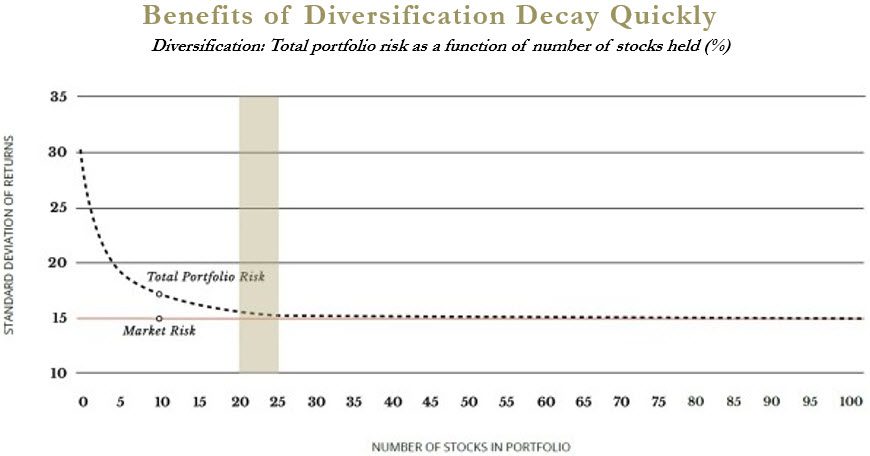 It's been sometime since we updated this blog, having been distracted by something beautiful. We have learnt a lot about ourselves these few years ,made some terrible investments but life goes on. We can't turn back time but the only thing within our control now is to learn from our mistakes and not ever make the same ones again. For this article, we thought of sharing our opinions and proposing a systematic way in which one should pick their stocks and when to buy and sell equities in general. This should actually be the minimum we think one should do.
The steps have actually been written in bits and pieces throughout this blog. The steps shown below is not too time consuming. we feel...In addition to the below, one can go always go one step further to do graphs to see trends such as whether the sales or cash flow is increasing along the years if they think the amount they are investing is worth the time. Pls feel free to critique or suggests improvements for one should always be humble in this world and to learn and upgrade oneself. The objective is to keep things simple. Simplicity is beautiful.
Before reading further, read this first.
~~~~~~~~~~~~~~~~~~~~~~~~~~~~~~~~~~~~~~~~~~~~~~~~~~
It's been sometime since we updated this blog, having been distracted by something beautiful. We have learnt a lot about ourselves these few years ,made some terrible investments but life goes on. We can't turn back time but the only thing within our control now is to learn from our mistakes and not ever make the same ones again. For this article, we thought of sharing our opinions and proposing a systematic way in which one should pick their stocks and when to buy and sell equities in general. This should actually be the minimum we think one should do.
The steps have actually been written in bits and pieces throughout this blog. The steps shown below is not too time consuming. we feel...In addition to the below, one can go always go one step further to do graphs to see trends such as whether the sales or cash flow is increasing along the years if they think the amount they are investing is worth the time. Pls feel free to critique or suggests improvements for one should always be humble in this world and to learn and upgrade oneself. The objective is to keep things simple. Simplicity is beautiful.
Before reading further, read this first.
~~~~~~~~~~~~~~~~~~~~~~~~~~~~~~~~~~~~~~~~~~~~~~~~~~
Step 1: Look at the Yield curves as a forward looking indicator to decide when to underweight or overweight on equities. (Read our blog post here)
Start selling (especially cyclical stocks): flattening yield curve
Start buying: steep and rising yield curve. Buying should increase in intensity when VIX indicator is high.
Rationale: We believe in timing business/economy cycles. Such cycles are a fact and nearly everything goes down in a downturn, even defensive stocks. But we would wish to state that we think there is no point in trying to predict exactly when the top or bottom is.
Link Tools: We have included the links on the right of this blog for the US yield curves and VIX indicator charts.
~~~~~~~~~~~~~~~~~~~~~~~~~~~~~~~~~~~~~~~~~~~~~~~~~
Step 2: Select companies which generate positive free cash flow consistently from the cash flow statement for the past 4-5 years. This is one of the most important steps. This step is for filtering out stocks that don't generate free cash flow and ignoring these.
Rationale: In investing, no one can be 100% certain in anything, but one thing for sure is that companies which have flopped are those that have not been able to generate free cash flow. See below for facts. Anyway, whats good about having a business that does not generate cold hard cash? Net Profit shown on Income statements is really unreliable, subjected to depreciation expense, management manipulation, and does not take into account recoverable sales from accounts receivables.
 Ferrochina (above)
Ferrochina (above)
Jurong Technologies Industrial (above)
Link Tools: http://www.reuters.com/
~~~~~~~~~~~~~~~~~~~~~~~~~~~~~~~~~~~~~~~~~~~~~~ Step 3: From Step 2, select companies that have their current assets greater than their current liabilities. Even safer is to select companies whose cash balances or fixed deposits is greater than their current liabilities. ( Read this blog post for an example here). This step is for filtering out stocks that do not have current assets greater than current liabilities and ignoring these. Rationale: This is just to ensure that the company can survive during the bad times where banks are not as generous in their loans or will charge high rates for loans. An alarm bell should ring in one's head if the company is taking on bonds or loans that have a high interest rate. See herefor example. Link Tools: www.sgx.com. Click on the company ticker. Click announcements and take their latest financial statements and look at the balance sheets. Read more...



